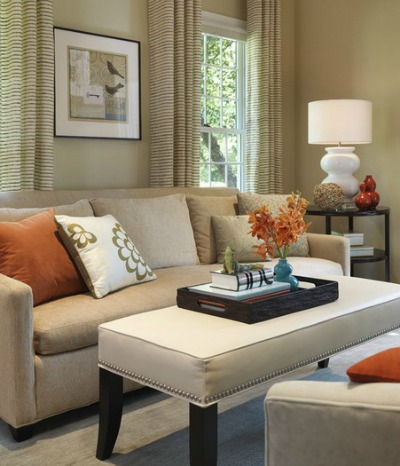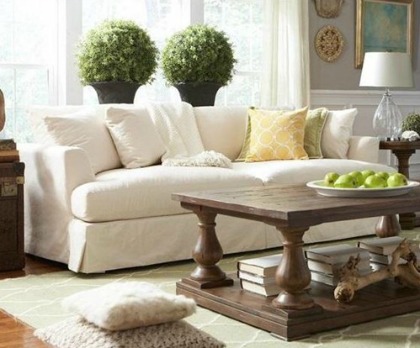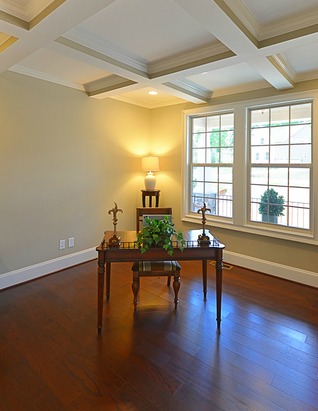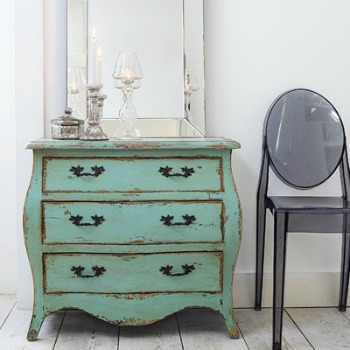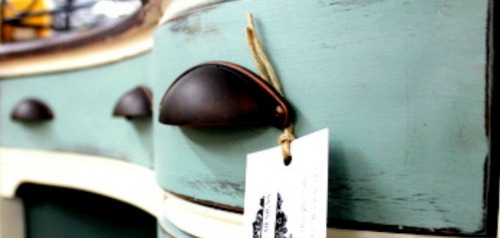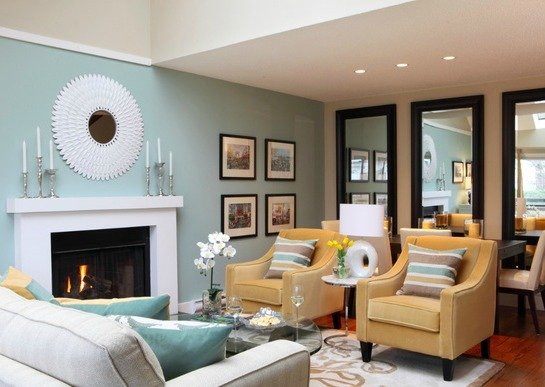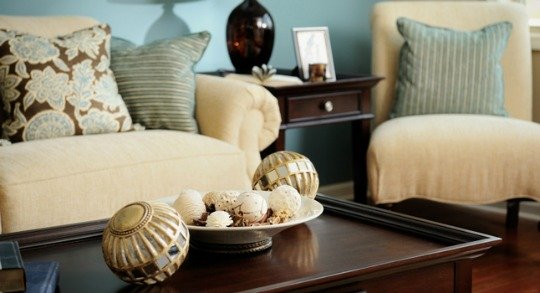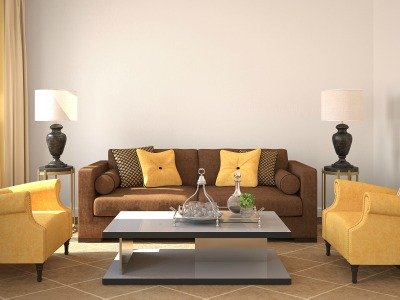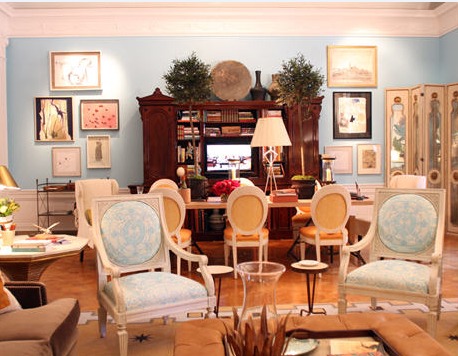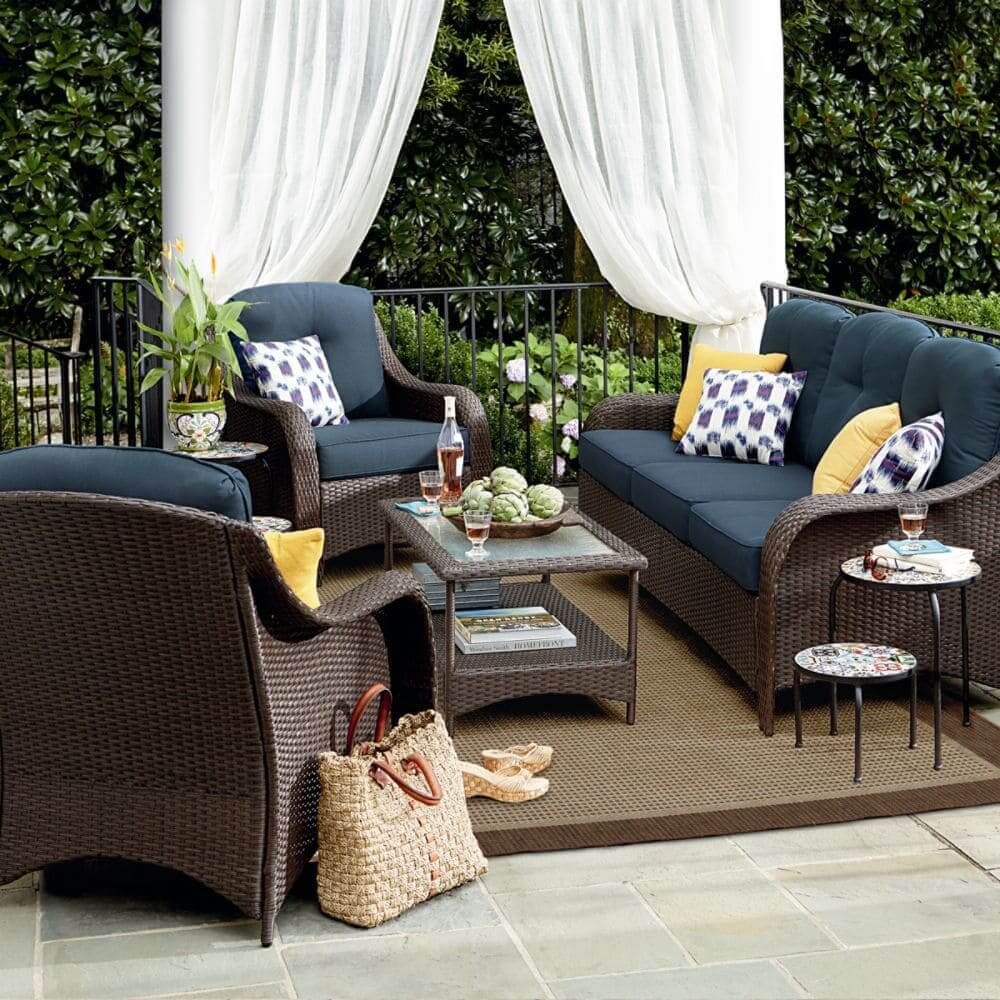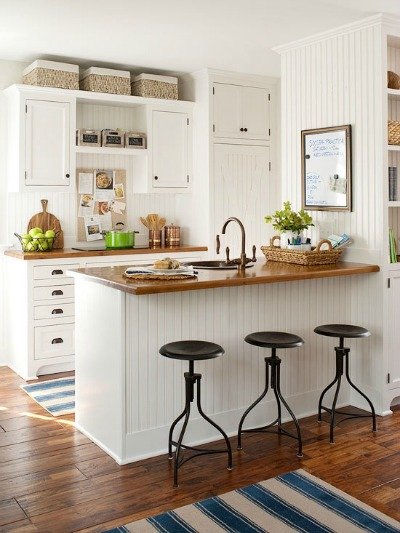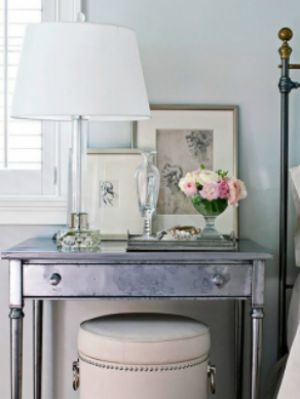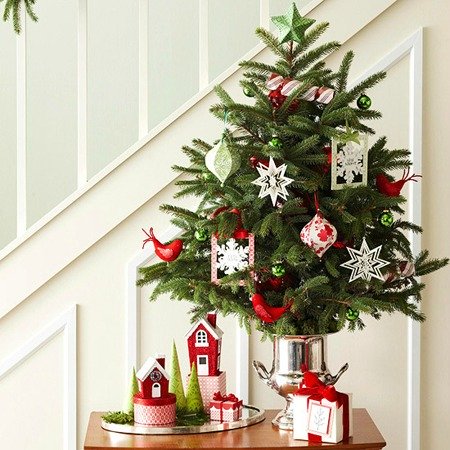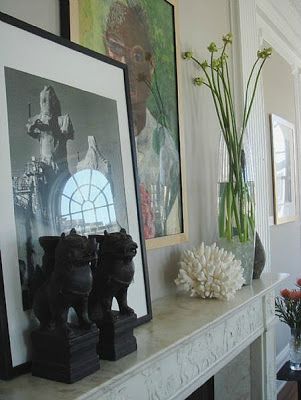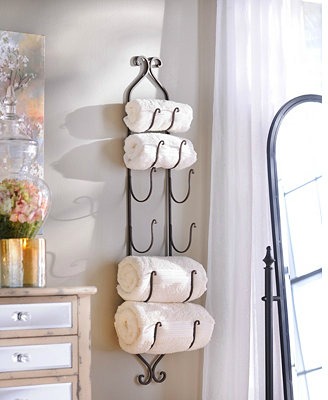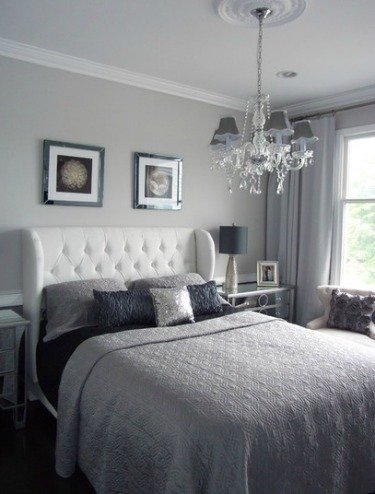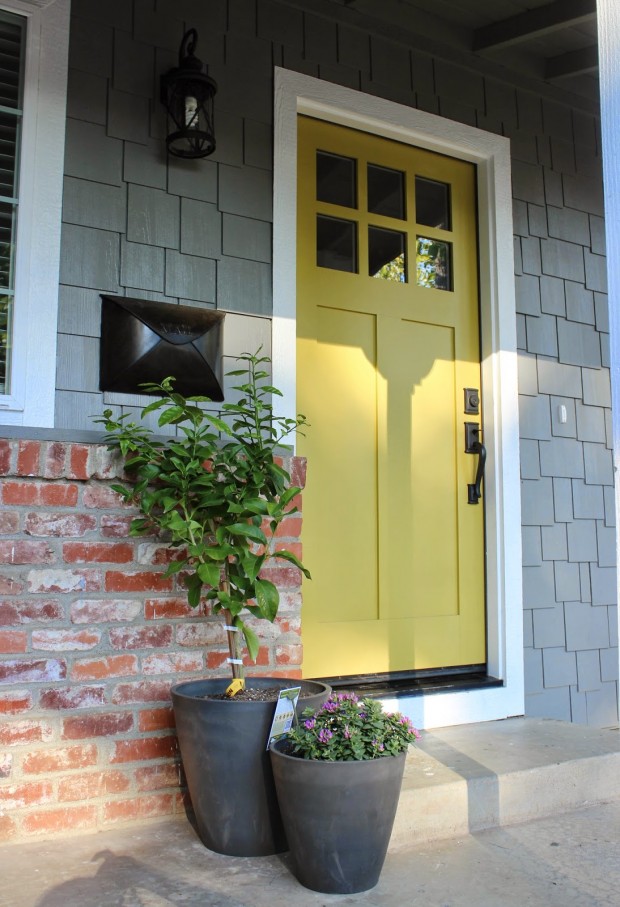Staging Your Furniture to Sell Your Home Fast
and for a Higher Price
For a faster, more profitable home sale
Staging your furniture properly can make your home sell faster and for more money, because it will show more competitively in the market place.
A survey by the Real Estate Staging Association in 2015 concluded that staged homes typically sell 73% faster than non-staged homes.
A different survey by stagedhomes.com® shows that 94% of homes staged by an Accredited Staging Professional® sell in about 29 days or less. The average un-staged home takes around 145 days to sell.
Home buyers typically judge a home by its contents. As a former Realtor, I can vouch for this. Ugly or shabby furniture may give people the impression that a house is old, dirty, or poorly maintained.
Let's face it, plenty of us have furniture that has seen better days and wouldn't look good under any light. Sadly, many people just can't see the potential hiding beneath dingy furniture.
You may ask, "Why not just show an empty house?" Because an unfurnished home can feel cold and unwelcoming.
Plus, many buyers are puzzled by undefined spaces. And contrary to common sense, rooms actually feel smaller without furniture.
Additionally, empty homes have a tendency to linger on the real estate market far longer than staged ones.
If your furniture is well past it's expiration date, there are some affordable remedies that can help.
Select furniture neutral in color and style
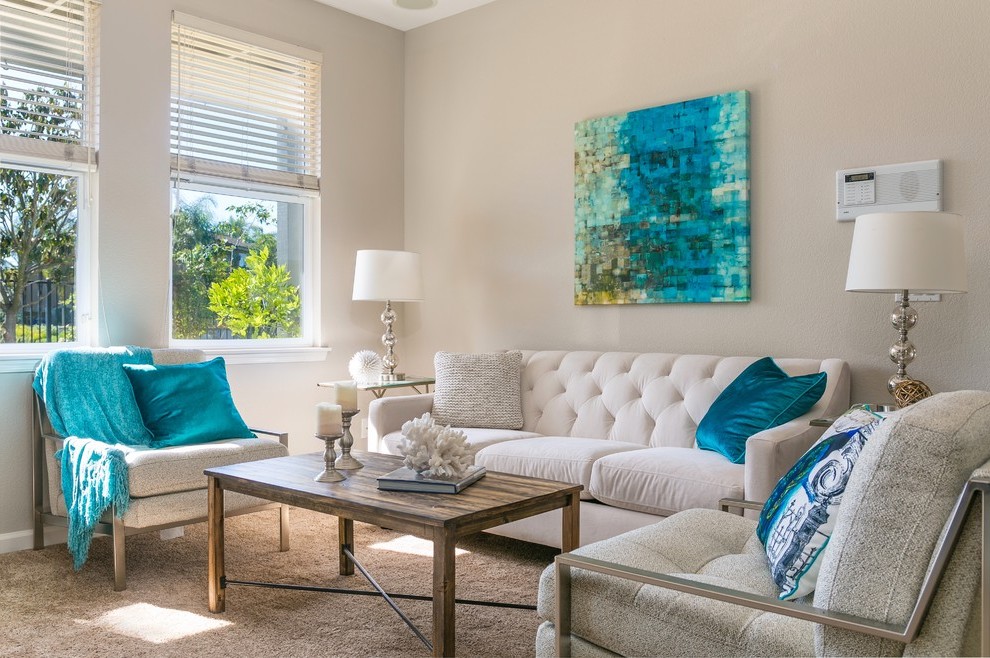 Neutral colored walls, furniture and flooring provide a good background canvas for the blue accent colors. Photo by homescapes-sd.com
Neutral colored walls, furniture and flooring provide a good background canvas for the blue accent colors. Photo by homescapes-sd.comWhy do home stagers always use neutral colors? Because this color group appeals to more people than any other. As a home seller, your goal is to get as many buyers as possible in the door!
If you inherited grandma's cabbage rose sofa in mauve and green, or have furniture that's simply worn out, don’t despair! A slipcover may be all that's needed to neutralize a dated pattern or unfortunate color.
Note: Some furniture is beyond redemption.
If the style or shape is dated or too taste specific, like the dark, heavy furniture of the Victorian era, a slipcover won't hide it.
Taste specific: In a nutshell-- not to everyone's taste.
Put your beloved antique furniture in storage, (or have a yard sale!) and rent a few modern pieces while your home is on the market.
You don’t need a lot of furniture pieces in a space, just enough to indicate the purpose of a room.
Because most of us can't afford all new furniture, keep reading for ideas on how to disguise flawed pieces or give your outdated furniture a fresh new look.
Use slipcovers to cover old furniture
Slipcovers are essential in the business of home staging. Not only do slipcovers hide dated or stained fabrics, they can unify a room of mismatched furniture.
Slipcovers are one of the most cost-effective ways to update a room when staging a home to sell.
I use them in my own home as well. I use dark slipcovers in the winter and lighter colors in the spring for a refreshing seasonal change.
Throwing an old horse blanket over a couch or chair won't cut it when you're trying to sell a house. Slipcovers should be clean and unwrinkled.
My favorite source for buying slipcovers is surefit.net. This company has a wide selection of slip covers in many colors, styles, and fabrics and they always fit.
Other sources for cheap slipcovers: overstock.com, JC Penny, Walmart, K-Mart, Pottery Barn, Amazon and IKEA.
Watch the instructional video below showing how to put a slipcover on a sofa. Video by PotteryBarn.
When buying your slipcovers, avoid wild patterns and bright colors-- stick to solids in neutral colors like; linen, flax, loden, sage green, gray, coffee and cream.
The downside to using slipcovers is that every time you sit down they become wrinkled and untucked.
Sure Fit sells a product called, “Tuck Once,” a grip that fits between the cushions and arms of the furniture to keep the slipcover in place. You need more than one though, and they are expensive.
Here's a FREE alternative and one that I personally use. Tuck rolled up magazines deep between the cushions at the back and sides. T-shaped upholstery pins can keep slipcover fabric in place, as well.
Use dining chair slip covers for home staging
Here's a quick and easy solution for outdated or stained upholstered dining chairs. These chair covers are wrinkle resistant, stretchable and machine washable.
These clever and AFFORDABLE slip covers and many others can be found here at Amazon. Watch the video demonstration below:
Cheap sources for furniture
Rent furniture that will sell your home
Renting furniture doesn't have to be expensive.
Aaron's is a budget friendly furniture rental company that allows you to pick out the package you can afford. You can also rent to buy if you choose to do so. Their motto: "A budget-friendly way to make your space feel like home." Aaron's was voted one the best rental companies for 2021. They service most of the United States, except Alaska and Hawaii.
Cort is a great furniture rental company that services 65 countries worldwide!
Brook Furniture Rental was also rated one of the best rental companies for furniture in 2021. Find out if they deliver to your state.
Discount furniture stores
IKEA has showrooms located all over the U.S. that you can visit or order from online. They offer a large selection of attractive and affordable furniture.
Wayfair.com is another solution for affordable furniture.
Other sources for discount furniture: biglots.com and overstock.com.
Unfinished wood furniture
If you don’t mind a little diy painting or staining, buying unfinished new furniture is a great alternative. Here is one resource located in the United States;
www.furnitureunfinished.com. They service ALL of the states in the U.S., and Canada.
Refurbish old furniture
Rescue a piece of furniture you found at a garage sale, flea market, second-hand store, or the online classifieds, like Craig’s List, by giving it a brand new look.
Refurbishing old furniture is a great way to breath new life to into pieces that might otherwise end up in a landfill.
Maybe you already own a piece of furniture in need of rehab. Create that shabby chic look that is so popular, or simply add new hardware to update a drab piece of furniture.
Strip the ugly paint off to expose a beautiful wood grain below. If you get down to the grain and find that it's not so pretty, paint the piece instead. Choose a fun color and turn it into an accent or focal piece.
When I was a kid, I tagged along whenever my mom went antiquing. We often brought home promising pieces of furniture in dire need of TLC. We refurbished armoires, dining tables, chairs, an old treadle sewing machine, dressers and more. We sold most of the finished pieces for much more than we originally paid, but kept some for our own use. I still have a few pieces today.
- Don’t waste time trying to refurbish furniture that's badly damaged or made from particle board.
- If you're an impatient person, stay away from furniture with intricate carvings or turned legs. These features require a lot of patience and hours of extra work.
Really cheap beds for home staging!
If you want to stage a bedroom, but can’t afford a new bed frame and mattress, here's a great home staging trick;
Get a couple cheap inflatable mattresses and just stack them up. Place them on top of a platform, or buy some inexpensive bed risers to raise the bed off the floor.
Bed risers and inflatable mattresses can be found at any home supply center.
Or, use 6 filled boxes of the same size, 3 on each side. Use some of the boxes you have already packed for your move.
It's not okay to leave the mattresses on the floor, as the will send result will scream, "dorm room decor!" Not a good impression for buyers.
Once you cover the bed with lovely linens, nobody will ever know it’s not real.
Staging your furniture
- Save your back (and floor!) and get furniture sliders before you start moving heavy furniture around. Sliders are placed under the feet of the furniture to make the job easier. Find at any home improvement store.
- Or measure the outside dimensions of a piece to see if it will fit into a space before you expend the time and energy dragging it into place.
Stage your furniture by "floating" it
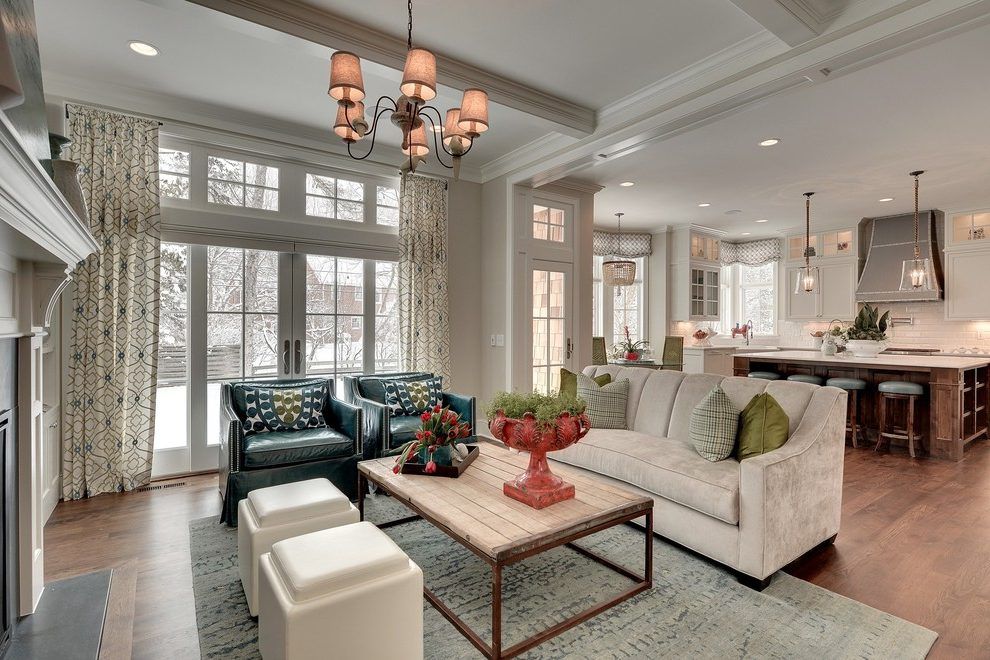 "Float" furniture atop an area rug in open concept room designs. The area rug defines this space as a separate room. Photo by i.piuimg.com.
"Float" furniture atop an area rug in open concept room designs. The area rug defines this space as a separate room. Photo by i.piuimg.com.Don't push furniture against outside walls when staging a home to sell. This creates an impersonal feeling and buyers will feel like they have arrived at the dentist's office. Plus, it makes a space look smaller.
Instead, create “floating” conversational areas that are just more visually appealing.
Floating Furniture
What does "floating furniture" mean? It simply means that furniture is not pressed against the walls. Instead, it's moved into the room with an aisle space around it. It creates the illusion that the furniture is floating in the center of the room.
Typically seen in open floor plans and lofts, floating a large piece of furniture will lesson the visual impact of that piece in the space, making the room appear more spacious.
Pulling furniture away from the walls in this fashion can actually make a small room appear larger.
Arranging furniture around focal points
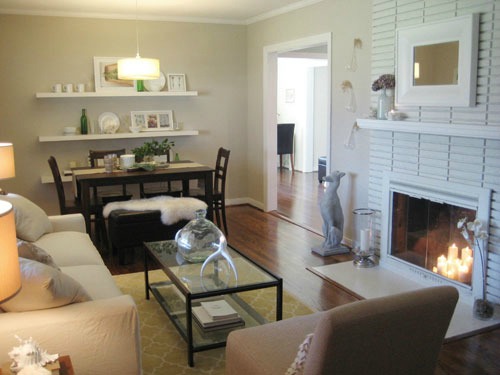 The furniture arrangement in this small living/dining area centers around the focal point fireplace. Note the glass coffee table used to keep sight lines open.
The furniture arrangement in this small living/dining area centers around the focal point fireplace. Note the glass coffee table used to keep sight lines open.When staging your furniture in the living room, arrange in cozy conversational areas and facing your most prominent focal point.
These days the TV is often a competing focal point and finding the right placement for two focal points can be difficult. Interior designers have solved this problem by placing the TV above another popular focal point, the fireplace.
What if the focal point is a large window with a stunning view and facing a different direction than the TV? Interior decorators often deal with this by placing an L-shaped sectional sofa in a room. Placed correctly, the L-shape sofa makes it possible to face two focal points at once.
Another solution is to create separate seating or activity areas; sort of like having two rooms inside one. You might arrange a cozy furniture grouping in front of a fireplace or in a nook next to a window.
Where to place the sofa?
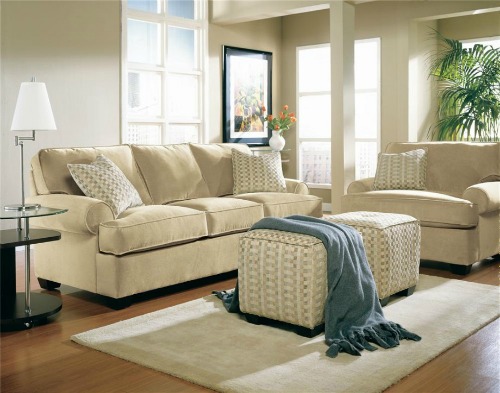 Furniture in this monochromatic living room is placed in the classic "L" shape and floated away from the walls.
Furniture in this monochromatic living room is placed in the classic "L" shape and floated away from the walls.- If your living room is so small that there's no other alternative other than placing the sofa it against a wall, leave least two inches between the wall and sofa.
- Avoid placing your sofa with the back facing an entry, unless it's a low-profile sofa. This position is considered unwelcoming by home stagers and advocates of feng shui. If you can't avoid this, place a sofa table behind it with plants on top.
- Another home staging tip is to angle your sofa. Angled furniture is psychologically more inviting to people entering a room.
- Sofas and chairs should be the close to the same height and proportion. The difference in height should be no more than five inches.
Upholstered chairs
- If you're arranging in a traditional fashion with a sofa or loveseat facing two chairs, the chairs should be matching, similar, or color-coordinated to achieve a nice balance.
- Avoid placing too many small chairs with spindly legs in one area-- this will make a room look cluttered.
Placing the end tables
As a rule, end tables shouldn't be too high or too low, no more than 2 1/2 inches higher or lower than the arms on sofas and chairs.
People sometimes wonder why their living room looks "off." Often it's just a simple matter of the coffee or end tables being too high or too low against the sofa.
If the legs are showing on your upholstered furniture, avoid putting a “leggy” end table next to it. Try adding a piece without legs, such as a chest, a trunk, or a drum shaped table.
Coffee table placement
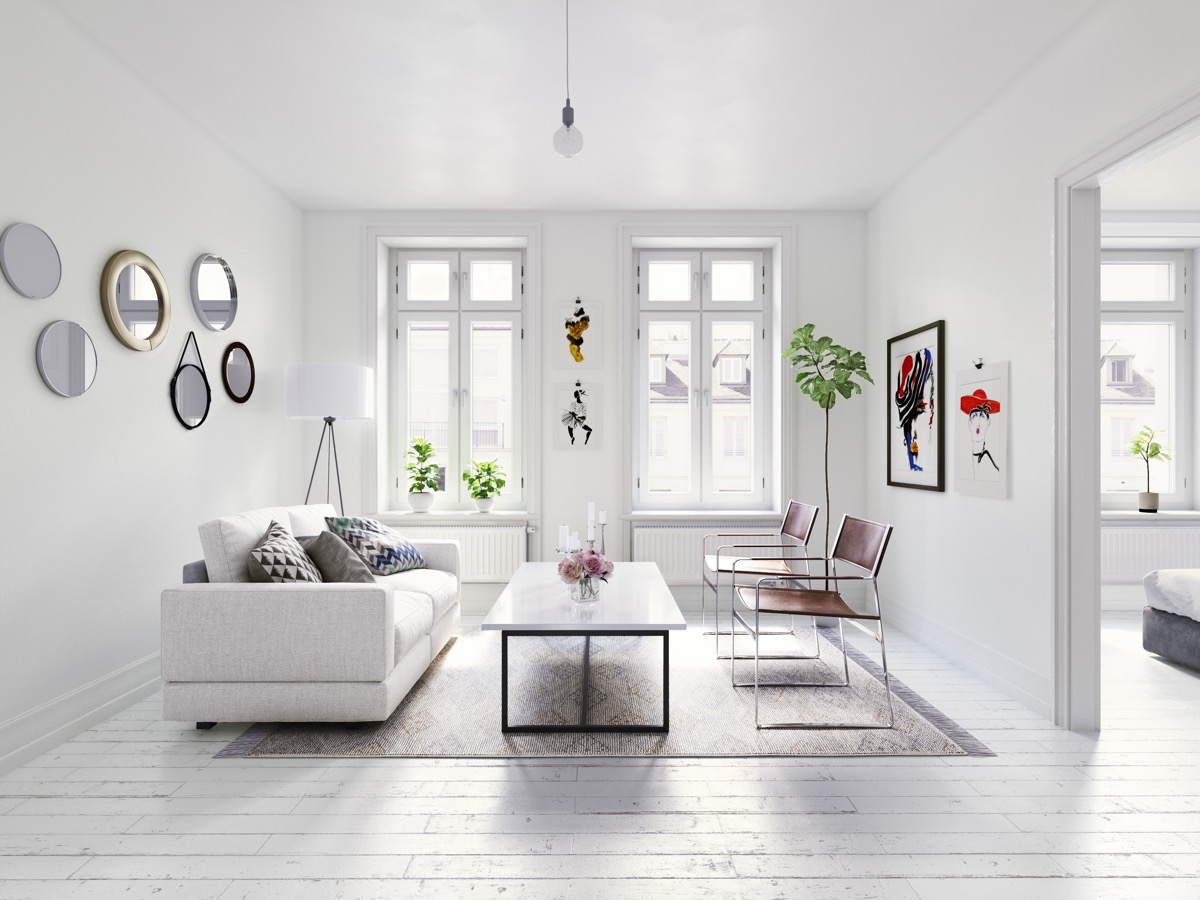 The coffee table is the appropriate height for the sofa and chairs opposite. Photo by spaceoptimized.com.
The coffee table is the appropriate height for the sofa and chairs opposite. Photo by spaceoptimized.com.- Leave at least a foot of space between the sofa and the edge of the coffee table.
- A favorite home staging trick for small spaces is to use a glass coffee table. The fact that you can see through it creates the illusion of a larger room, because it takes up less visual space by extending sight lines.
Placing a sofa table or console
A sofa table, or console, is typically placed against a wall or behind a sofa. They're useful for staging accessories like lamps, plants, candles and photographs.
For good balance, a sofa table should be three to five inches lower than the back of the sofa, and about 3/4 the width of the sofa. This is not a hard and fast rule, just a guideline.
Armoires, bookcases, buffets and entertainment centers
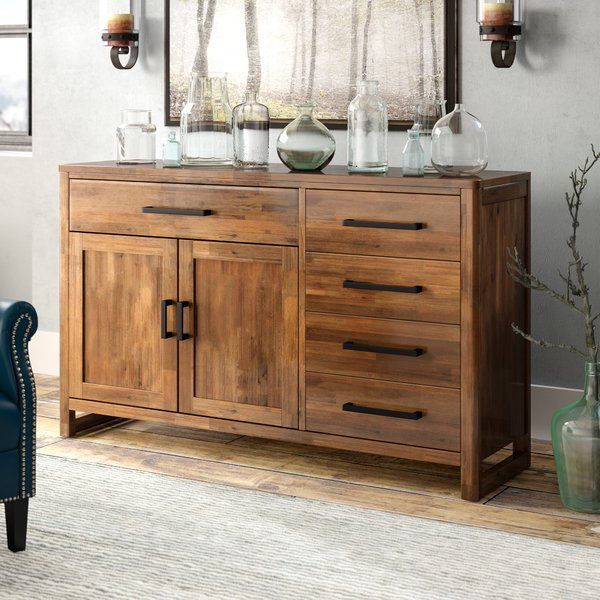
- Large pieces of furniture like these will usually become a focal point simply because of their size.
- Remember to balance large furniture with something of equal visual weight on the opposite side of the room. A sofa, heavy chair, a window, a fireplace, or a table with a piece of artwork or mirror over it will balance the weight.
How to place a bed
- Place the bed so that you have 1 1/2 to 2 1/2 feet of space around it.
- To make a bedroom look more spacious, swap out a big bed for a smaller one.
Bedroom dresser and nightstands
- Have at least three feet of walking space in front of a dresser for opening and closing drawers.
- If you have a house for sale, don't crowd your master bedroom with a massive matching suite of furniture. It'll only make the bedroom look smaller. Select one or two pieces.
Dining table & chairs
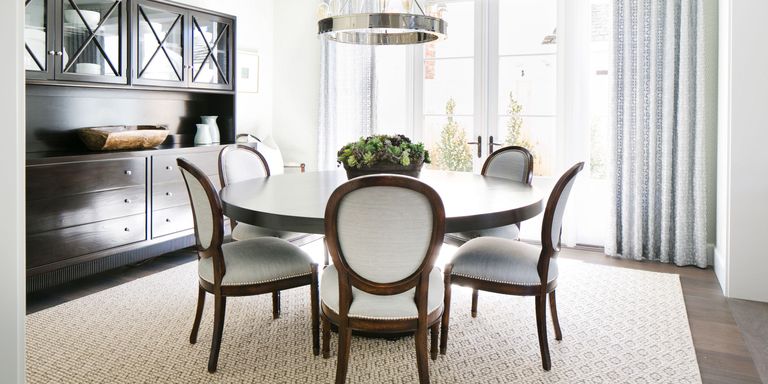 The furniture in this room is in scale with the size of this lovely dining room. Photo by elledecor.com.
The furniture in this room is in scale with the size of this lovely dining room. Photo by elledecor.com.- The table should be in scale with the size of the room.
- If you're selling your home, stage the dining table by removing all but four chairs-- this creates the illusion of more space. Remove one or two leaves as well, if your dining room is small.
- For a larger dining space, you may need to add leaf extensions and more chairs to fill the space.
- You should have two to three feet of space behind a dining chair so people can get in and out of the chairs comfortably.
More diy tips for staging your furniture
- Before you place your furniture, lay down the area rug, if you plan to use one.
- Place the largest furniture piece first; a sofa, armoire, bookcase or entertainment center. When you're happy with your placement, fill in with smaller pieces; chairs, coffee table, end tables and sofa table.
- Create a conversational setting like the one in the photo to above: the furniture is all in scale; end tables are the same height as sofa arms; the coffee table is in scale with the sofa and upholstered chairs. Nothing is jarringly out of proportion, in fact, you might say it's rather boring! It needs some interesting artwork or a mirror on the wall above the sofa.
- A sofa can be balanced by two upholstered chairs or a loveseat.
- An armoire can be balanced by a bookcase, fireplace or window with a piece of furniture under it on the opposite wall.
- Create balance by repeating shapes, patterns, and colors in the furnishings, lamps, artwork, etc. A balanced room imparts a feeling of comfort and this is how you want home buyers to feel as they walk through your home.
- Be aware of traffic flow, (how people move through a room) and don’t crowd furnishings together. Allow 3 feet of space around arrangements for traffic; 3 1/2 feet is better.
- Does every piece of furniture serve the function of that room? If not, maybe it doesn’t belong there.
- Try to coordinate furniture with metal features, (arms, legs, drawer pulls, etc). Matching metal features creates a unified look.
- Furniture arrangements should be approximately eight to nine feet from their focal points.
- Don’t let a piece of furniture stand alone unless it's a beautiful accent piece. Create groupings, like pairing a chair with a side table and lamp, or two chairs with a table between.
- If you can see from the doorway to the farthest point of a room, this will give you the illusion of more space and length by extending the sight line.
- Vary the heights of furniture, art and plants to prevent a boring room. Not too extreme, though-- you don’t want to create a roller coaster effect.
- Place your furniture in diagonal positions if possible; this makes your room look larger and more inviting to buyers.
- Be sure that furniture is in scale to the size of a room-- large room, large furniture...
- If you have a sectional sofa that encompasses the entire living room, try breaking it up into separate conversation areas. Or take one piece away. Hide the unfinished ends with end tables and plants.
- Create two separate conversational areas in a large oblong room by using area rugs. Area rugs will help define each space as a separate zone.
Return from staging your furniture to home page
